In this article, we will discuss privet allergies and how and when their pollen spreads.
Prive allergy facts and figures
| Privet (Ligustrum) | Pollen allergy profile |
|---|---|
| Pollen season | Summer. Different species bloom from Jun-15th to Sep-15th. |
| Pollination type | Primarily insect-pollinated. The pollen does not get in the air easily, but exposure is possible from plants or trees that are close by. |
| Cross-reactivities with other pollen | Ash, Olive |
| Pollen source | Tiny, 3-4 mm long, white flowers with yellow centers, which arrange themselves in a conical formation called inflorescence (see pictures.) |
| Gender | Monoecious: The plants usually have perfect flowers with both male stamen and female pistils. |
| Plant shapes | Privet is widely used as a hedge or decorative shrub but full-grown trees are also common (see pictures.) |
How to identify privet plant or tree (Ligustrum)?
Privet grows pretty much in the entire US as a hedge, decorative shrub, or tree. It has many species and varieties like Japanese privet, Chinese privet, Glossy privet, and Waxleaf privet.
Privet, Genus: Ligustrum, can be easily recognized by its tiny white flowers that are just 3 to 4 mm long and has two antennae-like yellow anthers sticking out. About 50 to 100 tiny flowers group on a twig in cone-shaped inflorescences.
Depending on the species and local climate, privet can be deciduous or evergreen. In this article, first, we will show you how to identify it. Then, we will discuss how and when its pollen is spread.
What do privet plants and trees look like?
Even though privet comes in the forms of a curated hedge, decorative shrub, or tree, it always has a familiar and unique white bloom.
Each plant blooms for nearly two months in the summer and has a light fragrance to it.
On bigger trees, the bloom creates a creamy white cover on the canopy during summer.
What do privet flowers look like?
Privet has tiny, 3mm long, white flowers with two antenna-like yellow anthers. About 50 to 100 flowers group together in a cone-shaped inflorescence.
There are a few other plants, such as crape myrtle, that too have tiny white flowers arranged in a cone-shaped inflorescence. To avoid any confusion, you must look at the individual flower’s characteristics. A privet flower has four white petals with two anthers sticking outward. The anthers are bright yellow in color because of the pollen they hold.
What do privet’s leaves look like?
Privet leaves have a glossy feel to them, visually, as well as to the touch. The leaves have smooth edges. Depending on the species, they can be dark green or yellow-green. Some varieties have green leaves with yellow border.
As someone once said, pictures are worth a thousand words. Here are four of our favorite ones:
How does privet pollen spread?
Privet is primarily pollinated by insects during the summer bloom. Even though you may not see a swarm of bees on it, there are small insects crawling around on the plant that transfer pollen within the plant.
The plants that are insect-pollinated have sticky pollen that attaches itself to the insects. It does not get in the air easily, and if it does, it does not travel far. However, the privet anthers stick out of the flower. As a result, on a really windy day, some pollen could get loose and spread a few hundred yards away from the source.
To see the pollen of other plants and trees, visit our pollen library.
Our primary air sampler location has several privet trees and plants within a half a mile radius, but none within 100 yards. We almost never catch any privet pollen at our primary location. But, when we take the air sampler within a few feet of the plant on a windy day, we do catch some pollen during the summer bloom.
This proves that privet pollen does not travel far and the risk of exposure only comes from plants and trees that are nearby.
People who either live close to a privet or, come in close quarters to it have the biggest risk of exposure. The plant sheds mature flowers that often can settle on cars, patios, and sidewalks underneath. When these flowers are disturbed by leaf blowers or sweepers, a concentrated dose of pollen is bound to get airborne.
If you privet allergy, do not disturb the plant in bloom. And certainly do not be around when its dead flowers are being swept or blown away from a surface.
When is the privet allergy season?
Privet releases pollen mostly in summer and early autumn. In general, its different species release pollen from June-15th to Sep-15th in the US.
The pollen schedule for privet can vary by one to two weeks each year depending on the weather and rainfall. For our readers from the San Francisco Bay Area, we provide weekly pollen reports on our website.
How do you know if privet plants are releasing pollen?
All privet plants or trees are monoecious, which means they have both the male and female flower parts on the same tree. This means each privet is capable of releasing pollen.
The privet blooms throughout summer. In Burlingame, California we have seen privet plants that flower in June, July, and August. Environmental factors like water, temperature, and sunshine can impact the timing and duration of the flowering.
The hedges that are curated often sometimes do not flower.
The young flower buds appear in spring. When the flower buds are closed, the plant is not releasing pollen and there is no risk of privet allergy.
The flower buds open in summer. When you can see the yellow anthers sticking out of the flowers, the risk of pollen exposure is the highest.
The flowers mature, turn yellow or brown, and fall to the ground. This is when the risk of pollen exposure is still high. The pollen dries out and it can easily become airborne when disturbed by cleaners or leaf blowers.
Eventually, by autumn, the privet stops blooming, and its flowers decompose. Generally, by October the risk of privet allergies subside to near zero.
You can learn a lot more about pollen allergies and how to avoid them in my pollen allergy guide.
Summary of privet allergies
Privet (Genus: Ligustrum) pollen is not an important allergen in itself because it is largely insect-pollinated and does not become airborne easily. However, it belongs to the same family as olive and ash (Family: Oleaceae) and it is possible to be sensitive to privet’s pollen if you are allergic to either olive or ash.
If you suffer from allergies in spring that carry into summer, it will serve you well to read the detailed article on olive and its pollen as well.
If you are allergic to Privet, maintain distance from the plant when it is blooming in summer or fall. And do not disturb the flower dust found under the plant or tree.
Sources
References
- Allergy Plants by Mary Jelks, M.D.
- Plant identification terminology by James G. Harris and Melinda Woolf Harris (Second Edition)
- Sampling and identifying pollens and Molds by E. Grant Smith
All pictures, unless otherwise credited to another source, are taken by the author and are copyrighted material. The pollen picture is taken in our aerobiology lab using an Olympus compound microscope.

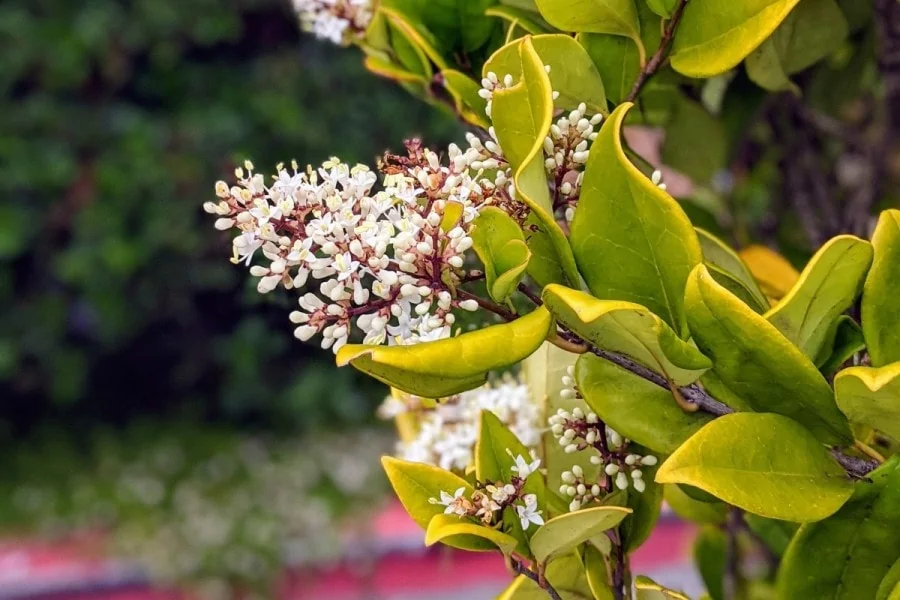
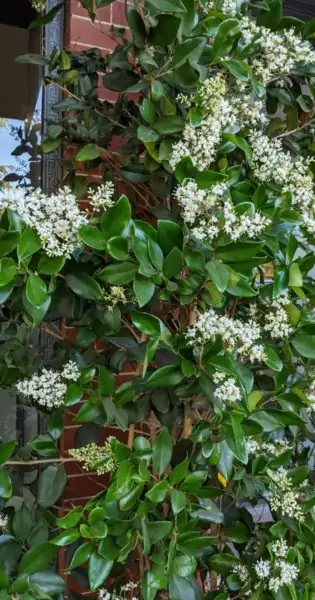


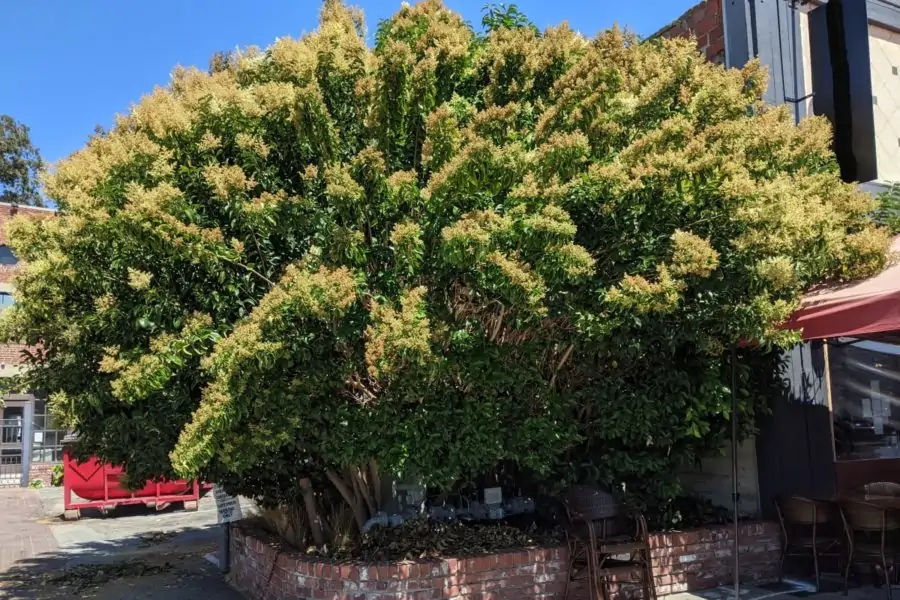

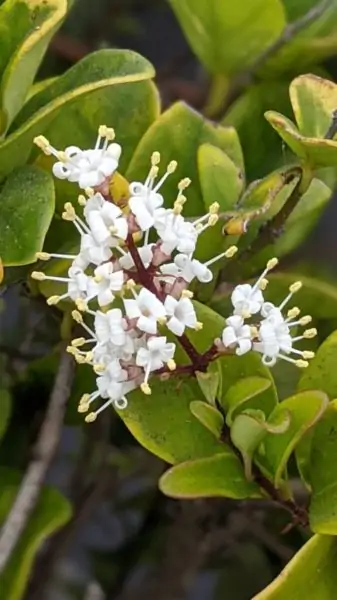
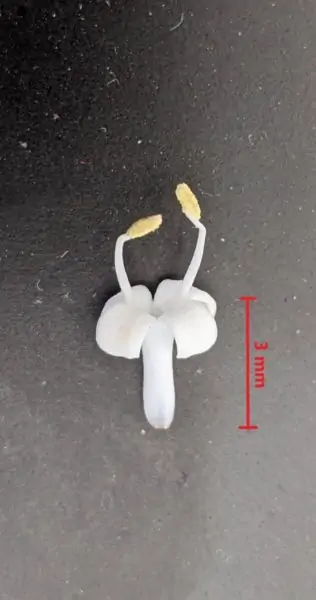
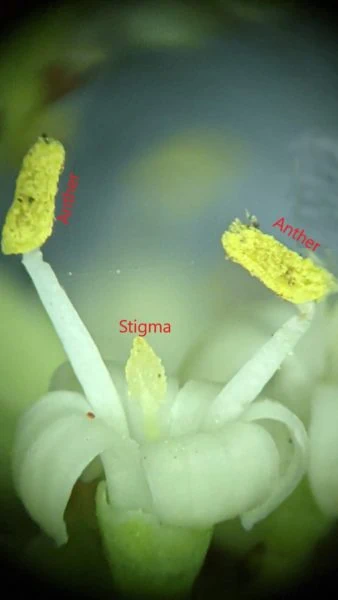
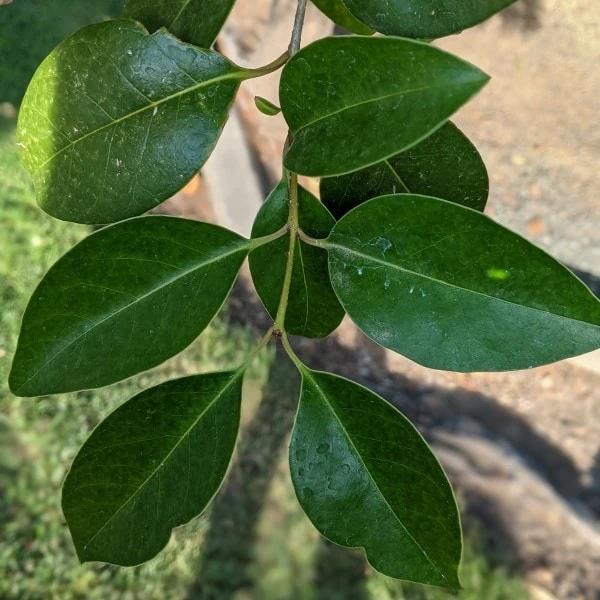
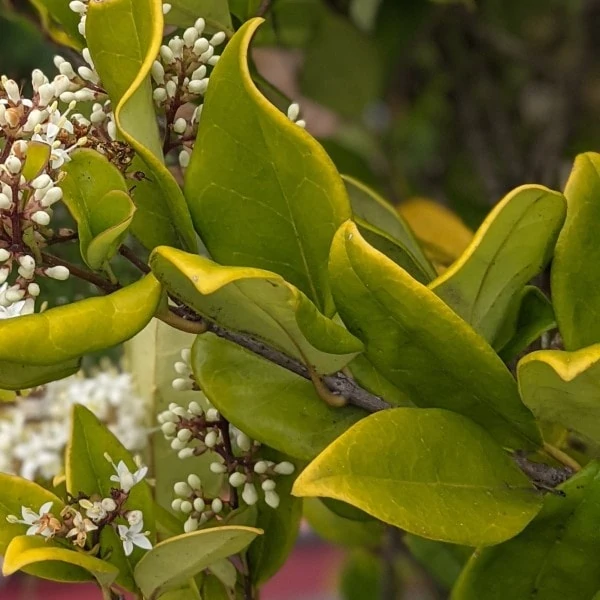

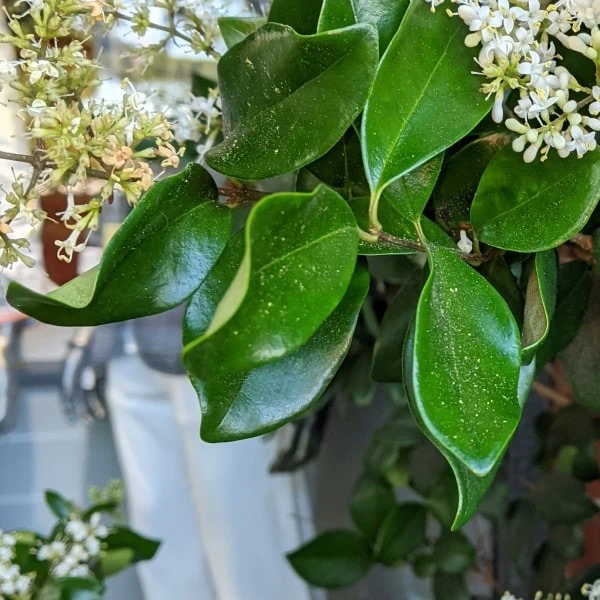
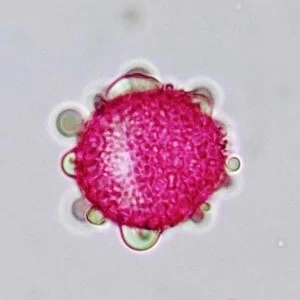
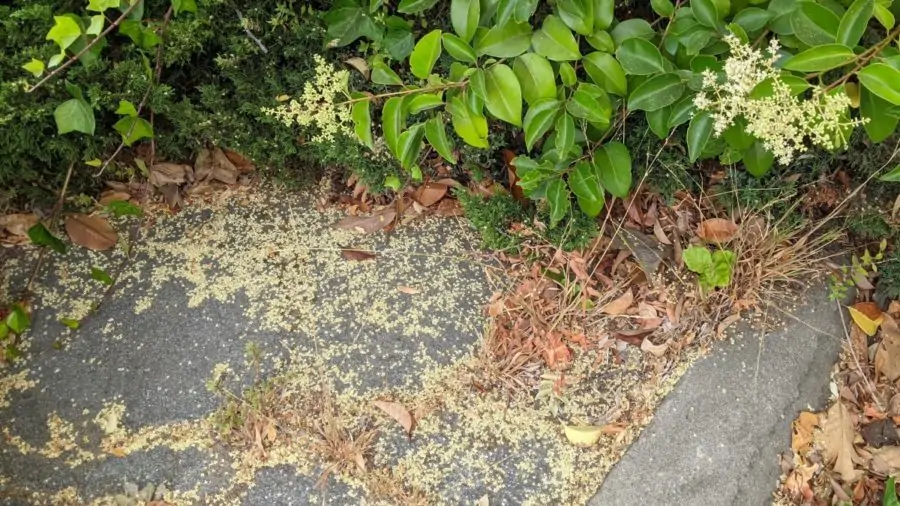

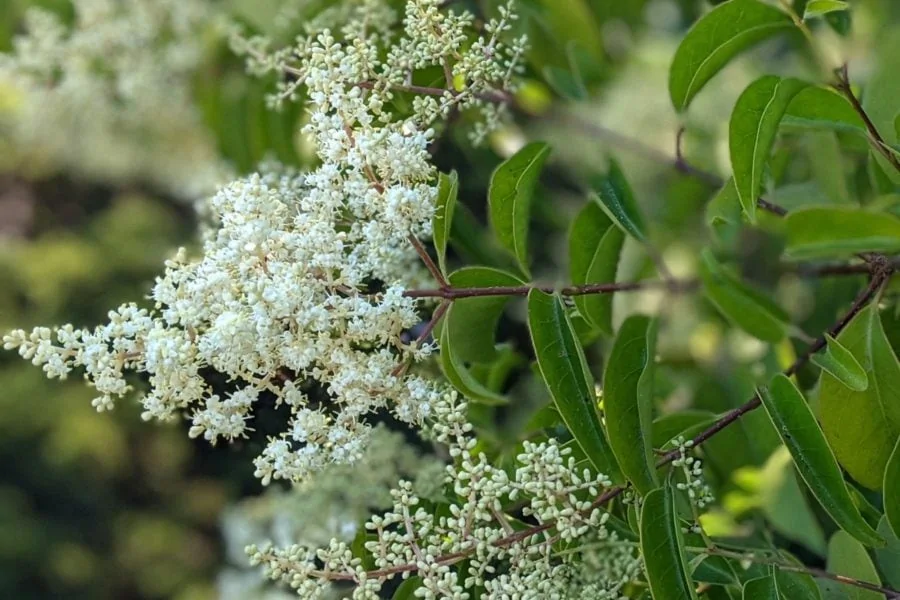
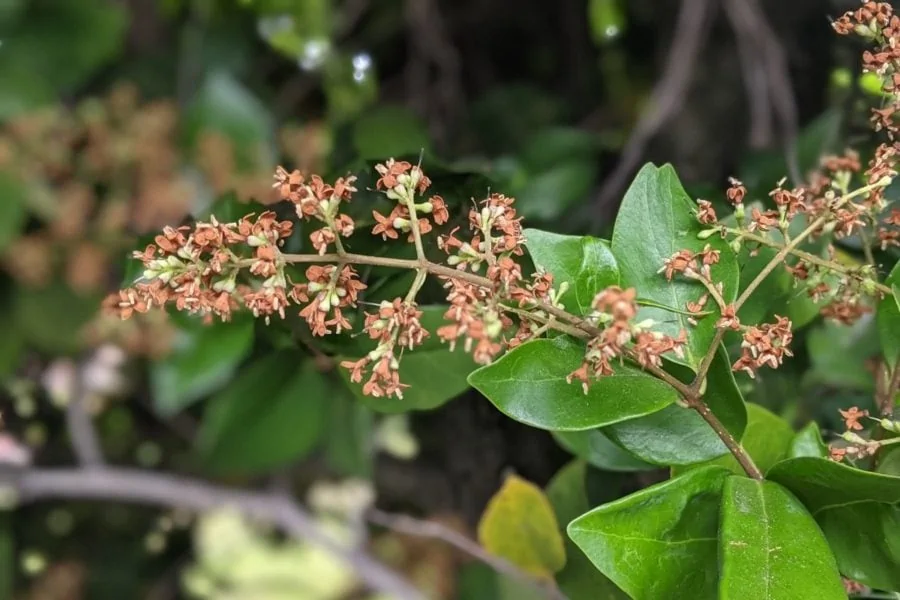
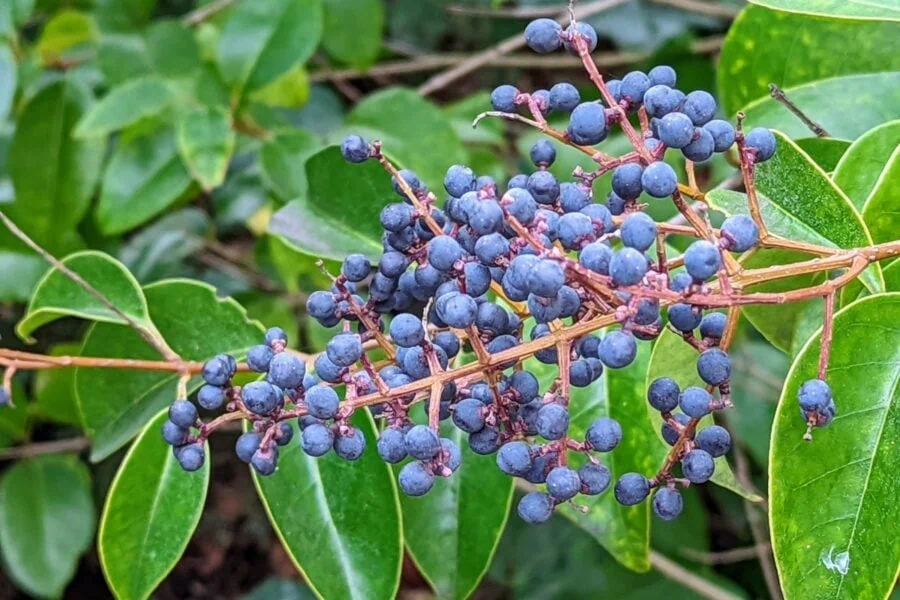
Wow! This has to be the most educational and informative post about privet hedges that I’ve ever read! Thank you!